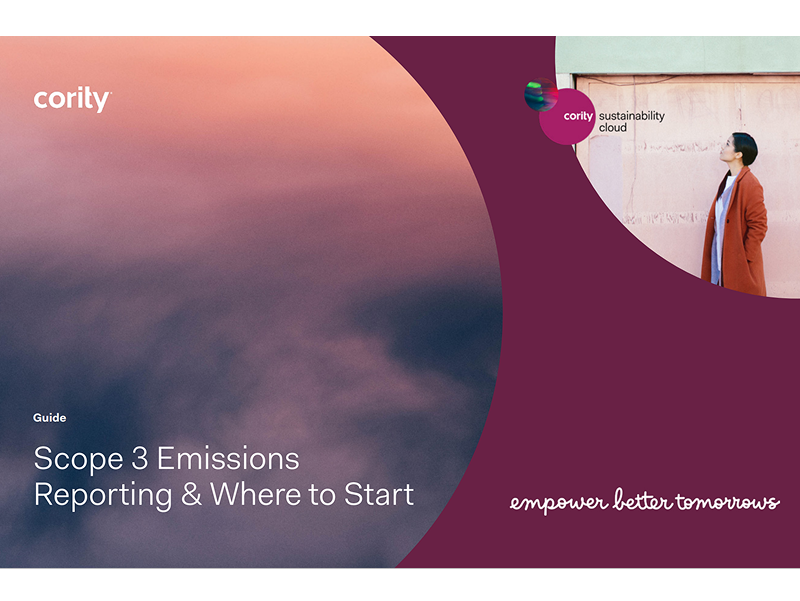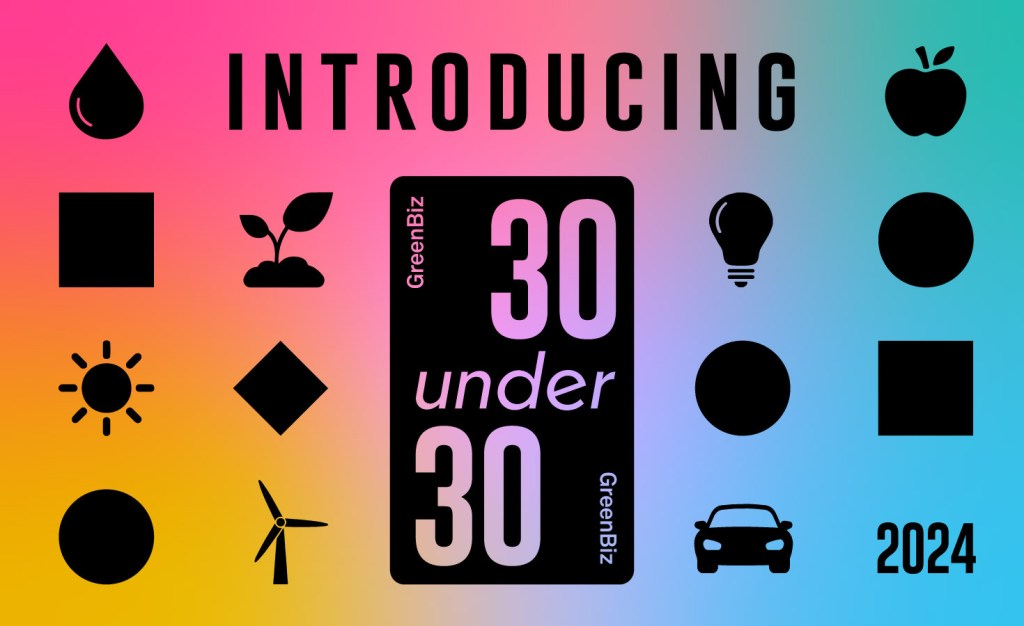The transformational power of root cause investing
A new approach to an old question: How to leverage capital markets to shift to a truly sustainable economy? Read More

Shutterstock
Root cause investing (RCI) is another name for system change investing, a sustainable investing approach that I developed in 2003. Focusing on root causes is the most important action needed to achieve the United Nations Sustainable Development Goals. Nearly all work in the socially responsible investing (SRI), corporate sustainability and general sustainability areas is focused on addressing specific environmental, social and economic problems instead of the root causes of these problems.
The root cause of the major challenges facing humanity is our reductionistic thinking and inevitably flawed economic, political and other systems that result from it.
Economic and political systems unintentionally put business in conflict with society and humanity in conflict with nature. These systems make it impossible for companies to stop harming the environment and society and remain in business. Trying to resolve problems without addressing root causes is like trying to put out a fire with one hand while throwing gasoline on it with the other. It will not work.
It is increasingly clear that system change is a critically important, and largely unaddressed, sustainability issue. The World Economic Forum and other mainstream organizations are discussing the importance of capitalism reform and other types of systemic change. Improving our flawed higher-level systems is a complex challenge facing humanity. Actions are required in all major areas of society.
When citizens are divided into debating factions, such as conservatives and liberals, the corporate and financial sectors become powerful segments of society. They strongly influence government, media and the general public. As a result, they have strong power to drive system change. These sectors largely are controlled by investing. RCI uses this lever to engage powerful sectors in important sustainability issues. RCI is one of the most powerful short-term system change strategies available to humanity.
The approach is made more powerful by ease of application. Changing economic and political systems is immensely complex. RCI does not do this directly. Instead, it strongly incentivizes investors and companies to drive system change. It is a form of indirect system change.
For over 20 years, SRI compelled nearly all large companies to implement sustainability strategies. RCI uses the same approach to engage them in system change. The process involves rating companies on system change performance and developing RCI funds. Nearly all large financial institutions offer some type of SRI product. RCI produces a new type of ESG rating. Asset managers use them in the same way they use current ESG ratings to produce the same types of funds. The approach can be quickly implemented by financial institutions, especially those with existing SRI funds.
The power of RCI is further enhanced by its core business focus. System change often involves collaboration, government interaction and other non-core business activities. The ability to work outside core business areas usually is limited. RCI uses investing (a primary financial sector core business) to drive system change. This enables financial institutions to enhance investment returns, reputation and assets under management, and thereby greatly enhance their core businesses.
Rating companies on system change performance is more complex than traditional ESG rating. System change must be understood overall before the optimal corporate role in driving it can be identified. Aspects of this role become metrics in RCI rating models.
Three broad metrics
I developed the first RCI model, Total Corporate Responsibility, in 2003. The model is segregated into three broad metric categories: traditional ESG; mid-level system change (sector, stakeholder, environmental/social issue-level); and high-level system change (economic, political, social system-level). Examples of RCI metrics include system change strategy, public awareness and media campaigns, system change collaboration, government influence activities, addressing specific system flaws and supporting NGOs, academia and other groups that promote system change.
RCI ratings enhance investment returns by analyzing systemic risks and opportunities that are not assessed by traditional financial and ESG analysis. They also increase returns by providing strong indicators of management quality and stock market potential. System change is a highly complex management challenge. Companies that do well in this area presumably have the sophistication to perform well in other business areas, and thereby earn superior investment returns.
As a result, RCI funds have the potential to provide greater sustainability benefits than other types of SRI funds. This enables financial institutions to attract new investment and position themselves as world leaders in the large and rapidly growing SRI market. This is one of the most significant SRI advancements since positive screening was introduced in 1990s.
Flawed systems create growing problems for businesses, investors and society. They compel all companies to negatively affect the environment and society. As the human economy expands in the finite Earth system, these impacts return more quickly to harm companies, often in the form of market rejection, lawsuits and reputation damage. System change can play a key role in reducing negative impacts and, thereby, protecting investors and companies.
The metrics in RCI models provide corporate system change roadmaps. As investors adjust their portfolios based on system change performance, companies will be incentivized to implement system change strategies. This work often will involve integrating system change into sustainability strategies. Senior management will discuss the importance of system change. Companies will join system change collaborations. They will lobby government for regulatory changes that make sustainability the profit-maximizing strategy. RCI also will increase demand for corporate system change advisers and consultants.
COVID-19 shows the fragility and vulnerability to nature of the human economy and society. Growing division, disruption and problems show that human systems are in the process of changing. Throughout human history, all flawed systems changed, usually by collapsing. So, system change is inevitable. If we do not voluntarily improve our unintentionally destructive systems, nature and reality will change them, probably in a highly traumatic manner. The corporate and financial sectors are far better off voluntarily working for system change rather than being greatly disrupted and possibly destroyed by involuntary system collapse.
Past system change efforts have not produced the scale of change needed, usually because they focused on only one issue, such as economic reform. In reality, all aspects of society are connected. Whole-system approaches that address all relevant factors are needed. This is the only way to achieve the pace and scale of systemic change required to avoid system collapse.
For those interested in learning more, I have written a series of books called Global System Change: A Whole System Approach to Achieving Sustainability and Real Prosperity. These provide a system change roadmap for business and society and a foundation for RCI rating and fund development.












